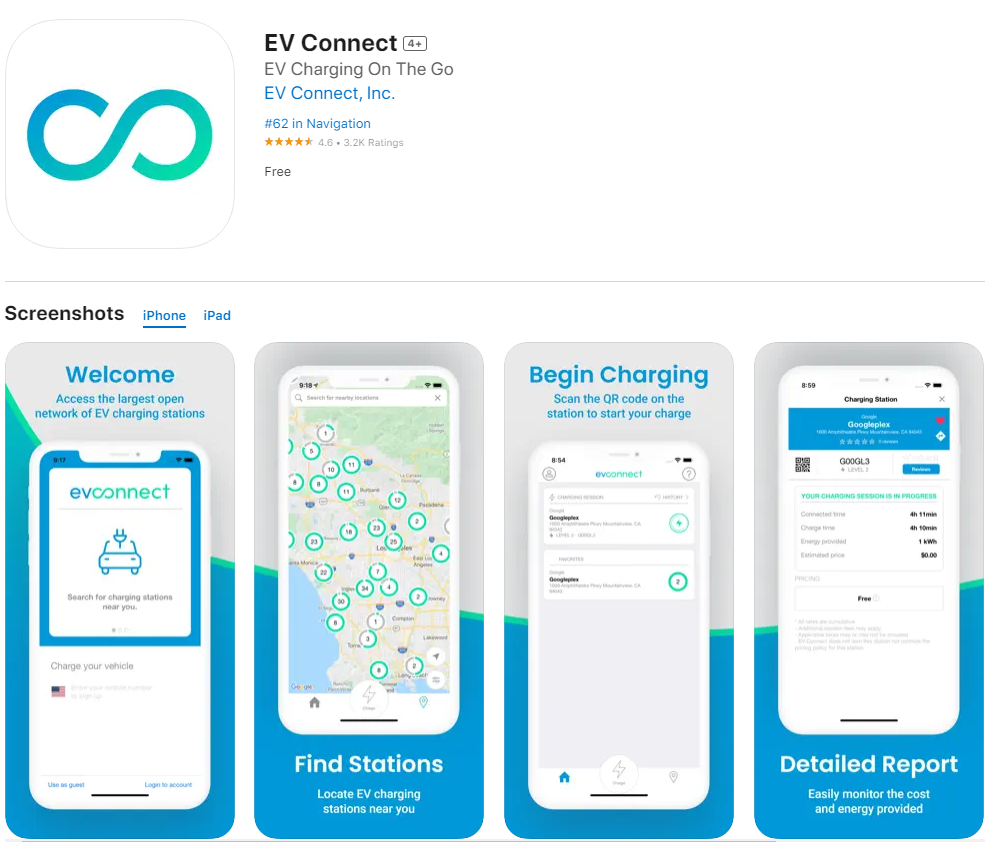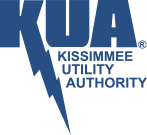It’s Easy to Own an Electric Vehicle!
Driving electric is easy. What’s not to enjoy? No more oil changes. No more worrying about rising gas prices. Ride smoothly in silence while saving money.
How many more reasons do you need? Help save the environment and experience the thrill of clean living when you drive an electric vehicle.
Download the EV Connect App
Find KUA’s Public Charging Sites
KUA EV charging stations are supported by the EV Connect network. Their user-friendly mobile app offers features that allow you to locate the nearest charger, size of charger kW, price per kWh, check your charging status, easily make payments and stay up to date on your account. Find your nearest EV charging station here.

Did you know that there are different EV charging plugs and adapters?
This variety exists because electrical systems and standards vary across regions and manufacturers. To learn more, click here.

